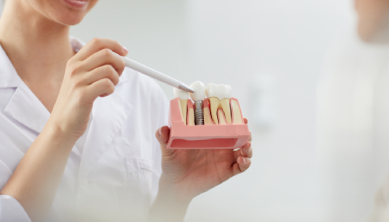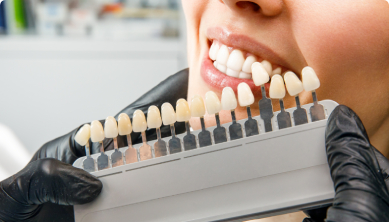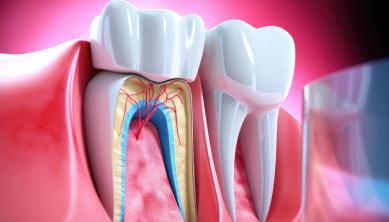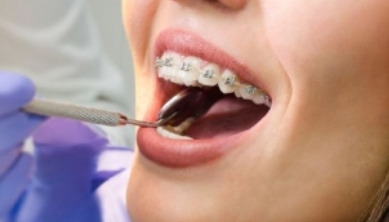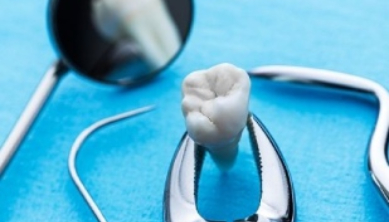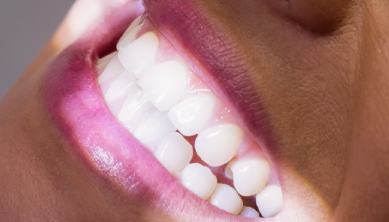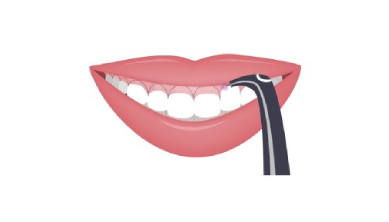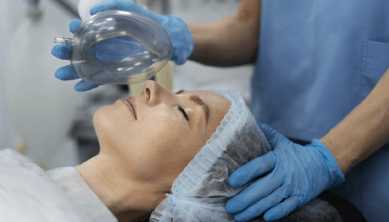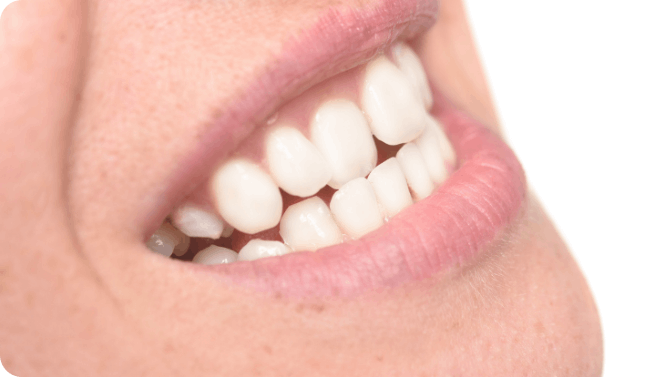
Orthognathic (Jaw) Surgery
Orthognathic surgery is also known as "Jaw surgery" among the public. Orthognathic surgery, or jaw surgery, is a treatment method applied in cases where there is a severe disorder in the skeletal structure of the jaw. Specifically, it is used when the positions of the teeth, as well as the lower and upper jaw, are not as they should be. Orthognathic surgery aims to provide patients with functions such as chewing and speaking and to improve the aesthetic appearance. Orthognathic surgery should be performed by an orthodontist and maxillofacial surgeon.
In Which Situations Is Orthognathic Surgery Applied?
It is especially applied in the following cases where the jaws are not compatible with each other.
- Jaw protrusion and crookedness
- The lower jaw is forward, backward, right or left
- Abnormal closure in the lower and upper jaw
- Deterioration in facial aesthetics due to jaw and tooth structure
- Problems in chewing and speaking functions
How is Orthognathic (Jaw) Surgery Performed?
For orthognathic surgery, the patient must be over 18 years old and have completed bone development. Before orthognathic surgery, patients with dental and jaw disorders go through stages such as photographs, clinical examination, panoramic x-ray, 3D computerized tomography, and intraoral model scans. Then, a positioning is made on how the teeth will be aligned after the surgery. Before the treatment, the patient receives orthodontic treatment and the positions of the teeth are corrected to ensure correct closure. After the teeth are positioned correctly, the jaw is placed in the correct position with a surgical procedure and the jaw is fixed with screws and plates. After the surgical procedure, orthodontic treatment, which is the last stage of the treatment, continues for 6-12 months. Orthognathic Surgery is performed under general anesthesia by a maxillofacial surgeon and an orthodontist, either single jaw or double jaw, depending on the severity of the case.
What are the Advantages of Orthognathic Surgery?
By solving the patient's aesthetic and functional problems with his/her own teeth, the person is also healed psychologically. Correctly positioned teeth provide a symmetrical appearance, and the person's quality of life increases with improvements in speech, chewing and respiratory functions.
How Long Does Orthognathic Treatment Take?
The duration of this type of treatment depends on how much tooth movement will be made. The further the positions of the teeth are from normal, the longer the treatment time. Average treatment duration varies between 1 and 2 years.


